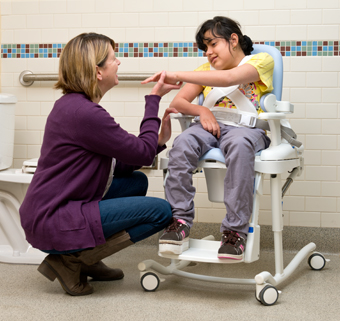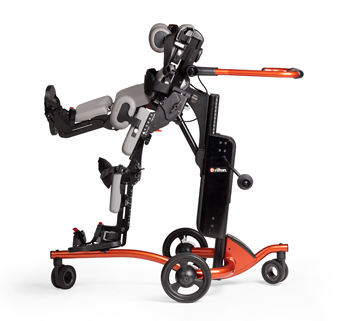Evidence Update
Early Intensive Care Mobilization Proves Important
| March 2013 Since introducing our XL Pacer, TRAM, and E-Pacer we have been introduced to a growing body of clinicians who are active in early mobility, a practice that is becoming increasingly accepted and implemented in ICUs across the country. There is growing evidence showing that the provision of early ambulation support to critically ill and injured patients results in more favorable recovery outcomes as compared to less aggressive approaches.
Since introducing our XL Pacer, TRAM, and E-Pacer we have been introduced to a growing body of clinicians who are active in early mobility, a practice that is becoming increasingly accepted and implemented in ICUs across the country. There is growing evidence showing that the provision of early ambulation support to critically ill and injured patients results in more favorable recovery outcomes as compared to less aggressive approaches.
These first three articles from the recent Physical Therapy Journal explore early mobility in different ICU populations.
1. Effectiveness of an Early Mobilization Protocol in a Trauma and Burns Intensive Care Unit: A Retrospective Cohort Study (Phys Ther 2013;92(2):186-96).
2. Move to Improve: The Feasibility of Using An Early Mobilization Protocol to Increase Ambulation in Intensive and Intermediate Care Settings (Phys Ther 2013;92(2):197-207).
3. Safety and Feasibility of an Early Mobilization Program for Patients with Aneurysmal Subarachnoid Hemorrhage (Phys Ther 2013;92(2):208-15).
Another related article of interest is The Physiological Basis of Neurorehabilitation- Locomotor Training After Spinal Cord Injury (J Neuroeng Rehabil 2013;10(5):Epub ahead of print). Focusing on the continued use and development of supported gait for improved ambulation outcomes after a central nervous system insult, this recently published review brings the reader up to date on the latest research in this area. Topics cover the neuronal basis of human movement and gait, neuronal plasticity as a result of locomotor training, and the factors (pattern generation, sensory cues, spinal neuronal excitability) effecting locomotor outcome in the SCI population.




